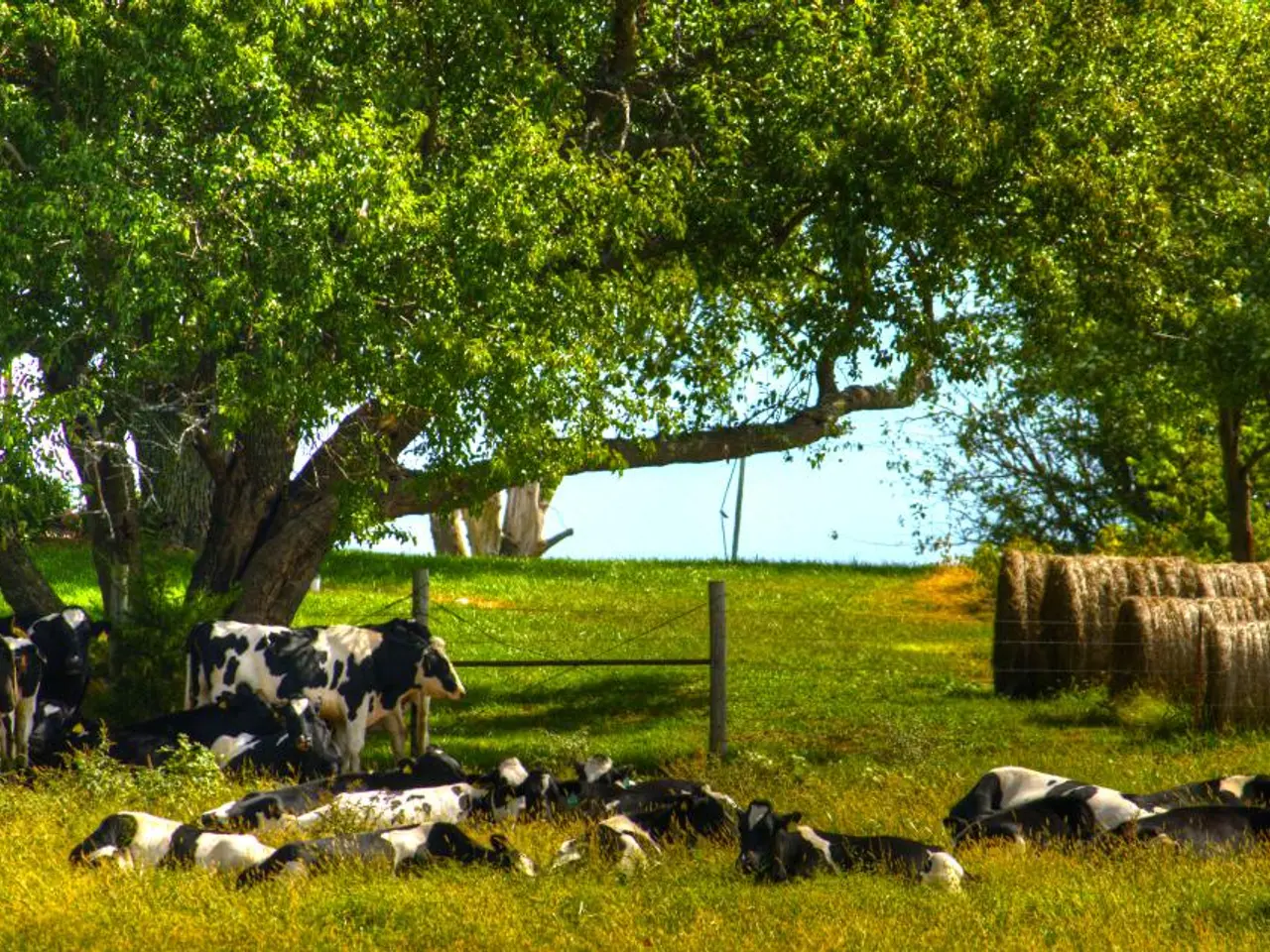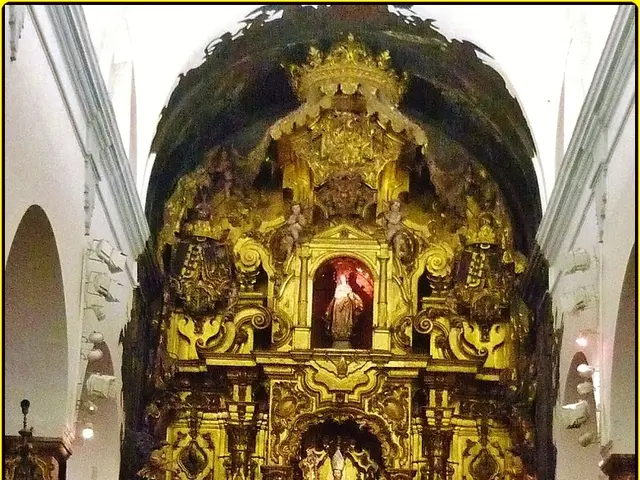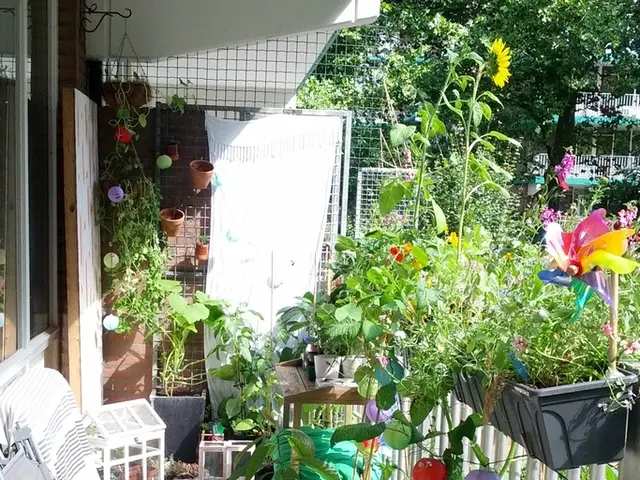Strong and Prolific Milk Producers: The Malwa Breed of Cattle Recognized for Its Strength and High Milk Production
The Malvi cattle, native to the Malwa plateau region of Madhya Pradesh, are a shining example of how indigenous breeds can support sustainable rural livelihoods. These resilient and productive animals are an essential part of Malwa's heritage, symbolizing strength and reliability.
The genetic potential of Malvi cattle for work and moderate milk yield, coupled with their resilience and low maintenance, makes them a national asset worth preserving. However, despite their strengths in adaptability to hot, dry climates, disease resistance, and suitability for low-input farming, Malvi cattle are not yet included in an official herd book or regulated by a breed society.
Current conservation and recognition efforts focus on promoting the breed through government schemes, farmer awareness, and breeding support. There are calls to include Malvi cattle in conservation programmes and government-supported breeding initiatives to enhance their population and usage among farmers, especially in Madhya Pradesh and neighboring regions.
Efforts are underway to raise awareness among farmers about the economic and ecological benefits of maintaining Malvi cattle, emphasizing their dual-purpose utility for draft work and moderate milk yield. The breed’s genetic potential is valuable for sustainable agriculture and organic farming models where resilience and low maintenance are critical. However, formal breed societies or herd books for Malvi cattle are absent as yet, which could be addressed through coordinated surveys and breed standards, similar to other indigenous breed conservation practices.
Malvi cattle are primarily found in the districts of Rajgarh, Shajapur, Ujjain, Ratlam, and nearby areas in Madhya Pradesh. They are highly valued for their working strength and are used for pulling carts and ploughs over long distances and rugged terrains. In rural markets, they are capable of transporting goods, especially in areas where tractors may not be affordable or practical.
Fodder crops like sorghum and maize are commonly grown for feeding Malvi cattle, and bullocks are given concentrates for additional strength. Malvi cattle have a distinctive physical appearance, with a whitish-grey coat, lyre-shaped horns, and a strong, sturdy build. They can manage well even when the availability of feed is not ideal, making them an ideal breed for small and marginal farmers.
In summary, while Malvi cattle enjoy informal recognition and ongoing advocacy for their conservation, official recognition and comprehensive government-backed conservation programs are still limited but recommended to sustain and promote the breed effectively. These efforts aim to preserve the breed as a national asset and legacy, contributing to sustainable rural livelihoods in India.
Sustainable rural lifestyles and home-and-garden practices can greatly benefit from the conservation of indigenous breeds like the Malvi cattle. The Malvi's resilience, low maintenance, and ability to thrive in harsh climates make them an appealing choice for organic farming and low-input agriculture.




